Advancements in Genetic Testing
Advancements in genetic testing technologies are significantly influencing the Refsum Disease Market. The development of more accurate and accessible genetic tests allows for earlier diagnosis and better management of the disease. As testing becomes more widespread, it is anticipated that the number of diagnosed cases will rise, leading to an increased demand for targeted therapies. The market for genetic testing is projected to grow, with estimates indicating a compound annual growth rate of over 10% in the coming years. This growth in genetic testing not only aids in the identification of Refsum Disease Market but also enhances the overall understanding of its pathophysiology, thereby benefiting the Refsum Disease Market.
Rising Prevalence of Refsum Disease
The increasing prevalence of Refsum Disease Market is a notable driver in the Refsum Disease Market. As awareness of rare genetic disorders grows, more cases are being diagnosed. Recent estimates suggest that the incidence of Refsum Disease Market may be higher than previously thought, with a potential prevalence of 1 in 100,000 individuals. This rise in diagnosed cases is likely to stimulate demand for specialized treatments and management options, thereby expanding the market. Furthermore, as healthcare providers become more adept at recognizing the symptoms associated with this condition, the number of patients seeking treatment is expected to increase, further propelling the Refsum Disease Market.
Growing Awareness and Education Initiatives
Growing awareness and education initiatives surrounding Refsum Disease Market are pivotal in shaping the Refsum Disease Market. Increased efforts by healthcare organizations and advocacy groups to educate both the public and healthcare professionals about the disease are likely to lead to earlier diagnosis and treatment. These initiatives may include workshops, seminars, and informational campaigns aimed at increasing knowledge about the symptoms and management of Refsum Disease Market. As awareness rises, it is expected that more patients will seek medical advice, thereby increasing the demand for treatments and support services within the Refsum Disease Market.
Increased Investment in Rare Disease Research
The Refsum Disease Market is experiencing a surge in investment directed towards rare disease research. Pharmaceutical companies and research institutions are increasingly recognizing the potential for developing novel therapies for rare conditions like Refsum Disease Market. This influx of funding is likely to accelerate the pace of research and development, leading to the discovery of new treatment options. Recent reports indicate that investment in rare disease research has grown by approximately 15% annually, reflecting a broader trend towards addressing unmet medical needs. As more resources are allocated to understanding and treating Refsum Disease Market, the market is expected to expand, offering new hope for patients.
Collaborative Research and Development Efforts
Collaborative research and development efforts among pharmaceutical companies, academic institutions, and patient advocacy groups are emerging as a key driver in the Refsum Disease Market. These partnerships facilitate the sharing of knowledge, resources, and expertise, which can lead to innovative treatment solutions. By pooling resources, stakeholders can accelerate the development of therapies and improve patient outcomes. Recent collaborations have shown promise in advancing clinical trials and bringing new therapies to market more efficiently. As these collaborative efforts continue to grow, they are likely to enhance the overall landscape of the Refsum Disease Market, ultimately benefiting patients and healthcare providers alike.
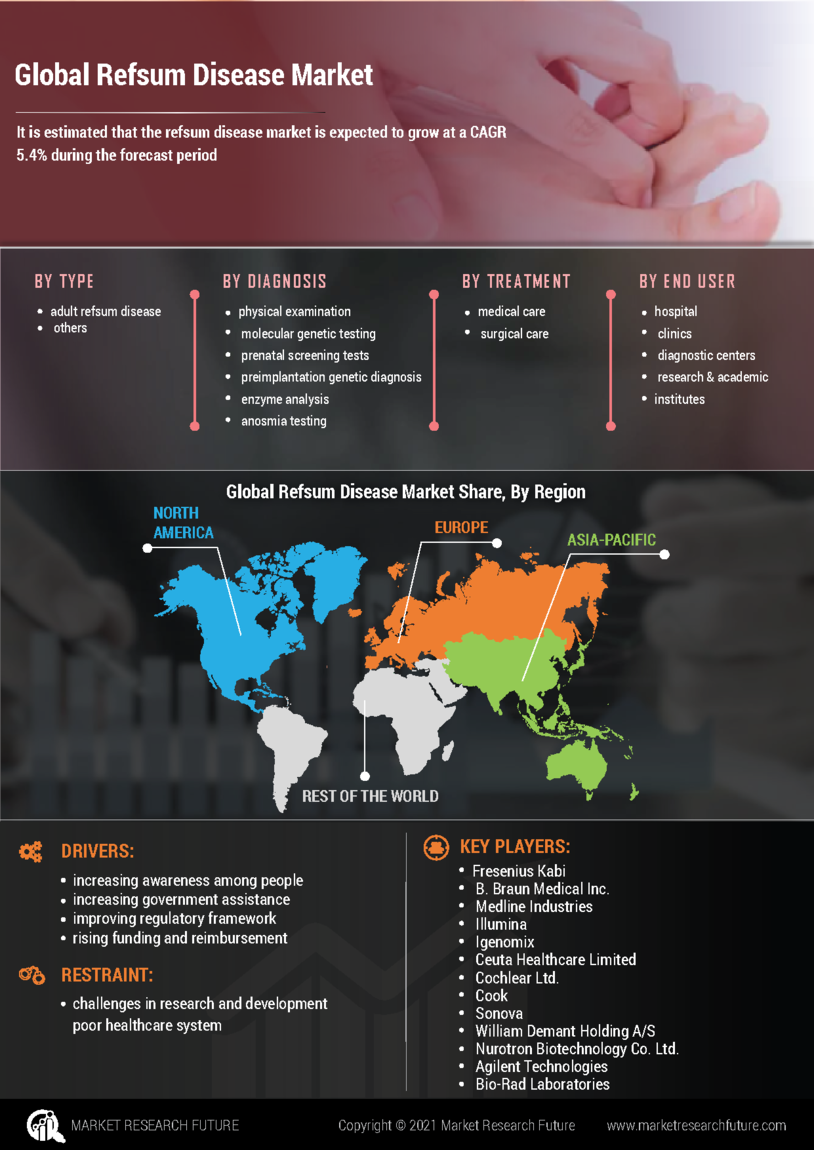

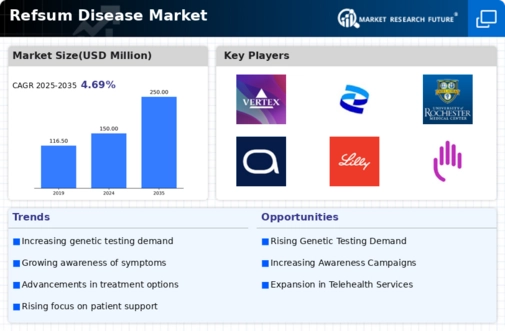
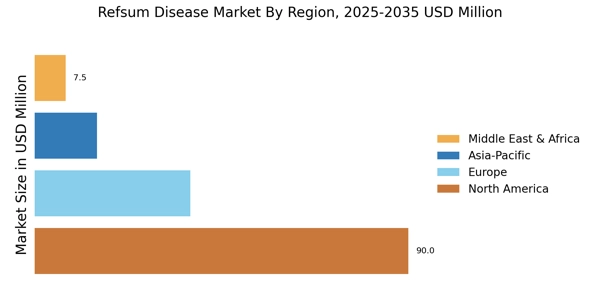
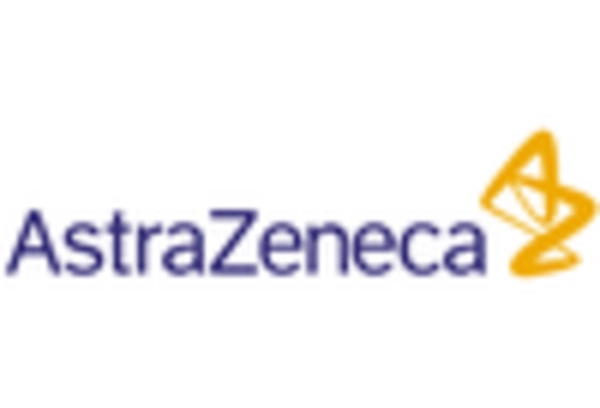
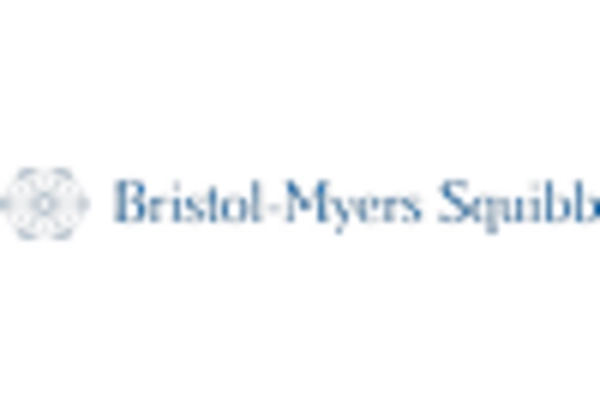
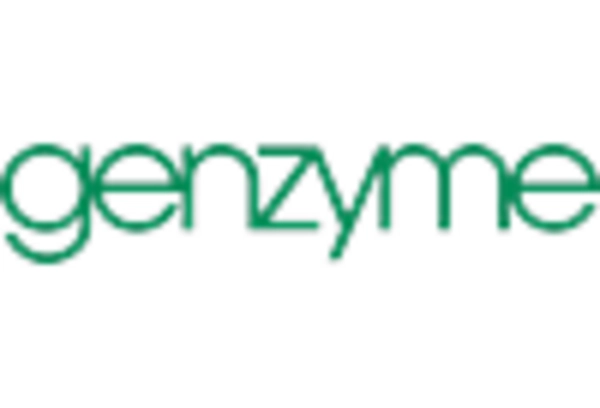
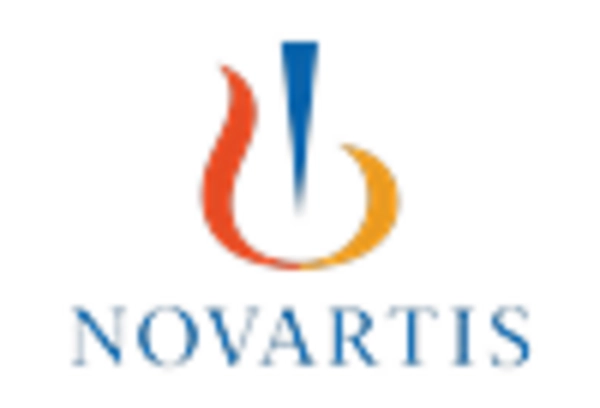

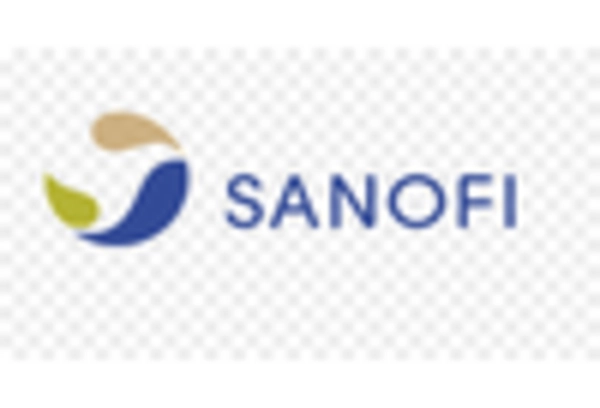








Leave a Comment